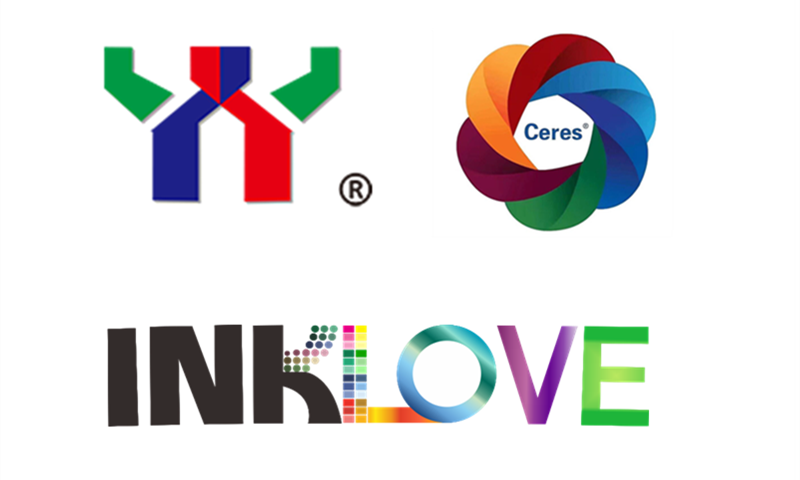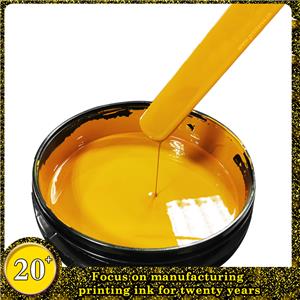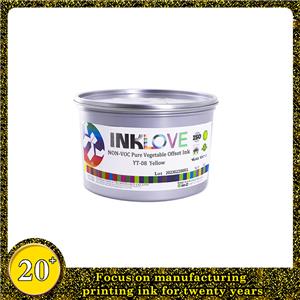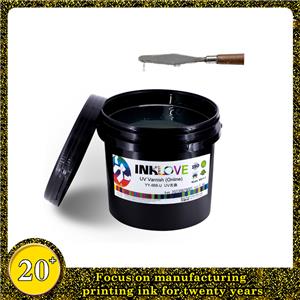Printing skills: how to arrange the printing color sequence
In color printing, how to rationally arrange the order of color overprinting is an important subject studied by process technicians. An important function of printing is to copy original manuscripts artistically, which requires printing workers to have a certain degree of artistic appreciation and the ability to master color changes. Improper color sequence arrangement may cause problems such as color shift, color mixing and reverse overprinting of printed products; scientific color sequence arrangement will make the color of printed products closer to the original, and even strengthen a certain color atmosphere, so that the level is clear, the dots are clear, and the overprinting is accurate. The colors are true, natural and harmonious.
There are three reasons why the color sequence needs to be arranged: the influence of ink overprinting and the shortcomings of the ink color material itself, the quality of the paper, and the human eye's ability to recognize colors. The most fundamental reason is the incomplete transparency of the printing ink itself, that is, the hiding power of the ink itself. The subsequent printing ink has a certain covering effect on the first printing ink layer, so that the color of the printed matter is always focused on the performance of the latter color, or the mixed color of the subsequent color and the front color.
The starting point for selecting the color sequence is to take care of the main aspects (such as tone reproduction, color reproduction, graphic clarity, printing uniformity, and printing repetition rate, etc.) according to the specific conditions of the original manuscript, combined with the current process conditions, and flexibly arrange the color sequence .
There are the following principles for arranging color order:
1. Arrange the color sequence according to the content and characteristics of the original manuscript. Printing is a means to express the graphic design of the layout, and the emotional components of each color are also different. Therefore, the arrangement of the color sequence must first consider the content and characteristics of the original manuscript. When designing graphic layouts, editors often have chosen the tone of the layout color. This base tone represents the overall feeling of the entire tone and becomes the dominant color during printing. In terms of color properties, those based on red, orange, and yellow are called warm colors; those based on green and blue are called cool colors. Because of the hiding power of the ink, the warm tone is usually printed first in black and cyan, followed by magenta and yellow; the cold tone is mainly printed first in magenta and then cyan. Everyone hopes that the ripe watermelon flesh is red, and they don't want to see the purple or greenish color of the printed matter. The color sequence is different, the color cast effect is also different. Therefore, colors that need to be enhanced for the color atmosphere of the picture can be printed in the last color.
2. Consider the nature of the paper and arrange the color sequence. For poor-quality paper, considering its low whiteness, low smoothness, loose fibers, poor ink absorption, and easy powder and lint, you can print yellow ink as a primer first to make up for the above-mentioned defects of the paper. When printing at night, due to the recognition of human eyes, weak color inks with low brightness should not be arranged in the first color for printing. The lightness order of the ink is: white<yellow<orange<green<cyan<red<blue<purple.
3. Arrange the color order according to the transparency of the ink. The ink with good transparency, after the two-color phase is overprinted, the color light of the lower ink layer can pass through the upper ink layer to achieve better subtractive color mixing and display the correct new color. If the yellow ink used is transparent yellow, the order of transparency of the four inks is: yellow>magenta>cyan>black. Generally speaking, the ink with poor transparency is printed first, and the ink with good transparency is printed later.
4. Arrange the color sequence from the advantage of overprinting. Due to objective defects such as paper deformation and expansion, we can arrange the main colors of printed products with higher overprinting requirements to be printed in two adjacent color groups. Such as a two-color machine, it can be arranged in the same unit to complete printing at one time to avoid problems such as paper expansion and contraction caused by the existence of paper. For large areas of the field, post-printing can be arranged to avoid problems such as smearing during paper transfer. In addition, the monochromatic machine is to superimpose the second color after the first color is "dried", while the multi-color machine is a "wet press wet" process, so the ink viscosity and the amount of ink should be controlled well. That is, it is important to arrange the ink with high viscosity to print first, and the ink with low viscosity to print later. This is very important, otherwise it will cause the disadvantage of reverse overprinting.
5. Consider process factors such as plate making. When printing, the screen angles of adjacent two color groups differ by at least 30°, which helps prevent color cast and moiré.
6. Consider the color order according to the cost. The cheap black and cyan inks are printed first, and the expensive magenta and yellow inks are printed later.
Generally, a large-area landscape-oriented picture (cold tone is the keynote), with black, magenta, cyan, and yellow as the color sequence. Arrange for black to be printed first, and black is used to outline the outline for easy overprinting of the remaining colors. The transparent yellow final print can be used to adjust the brightness of the entire picture to form a shiny, bright color. Generally, the character-oriented picture (warm tone) adopts black, cyan, magenta, and yellow sequence. The ink with poor transparency is printed first and will not cover other colors. The magenta and yellow postprints make the faces of the characters rosy, rich in colors and lifelike effects.
Color printing is a craft that combines technology and art. When arranging the color sequence of printing, we appropriately consider the artistic point of view, which can make the printed matter more artistically appealing and meet the needs of readers.
Print Area--A professional partner supplys printing materials more than 20 years.






